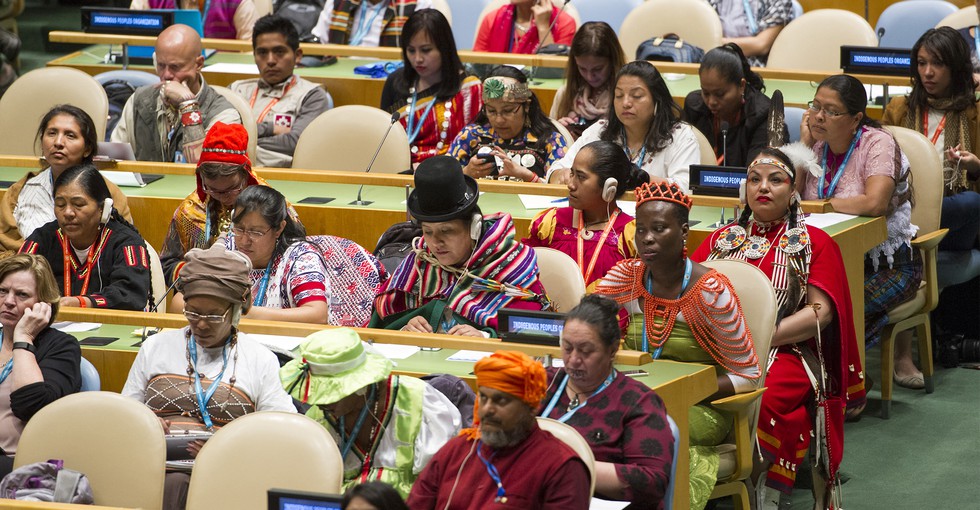The 23rd session of the UN Permanent Forum on Indigenous Issues, held in New York, addresses the slow pace of recognizing and protecting indigenous territories despite their vital role in biodiversity conservation.
Global Biodiversity Framework and Indigenous Territories:
- Target 3 of the Kunming Montreal Global Biodiversity Framework aims to protect 30% of land and water by 2030.
- Indigenous territories (IT) are biodiverse hotspots crucial for achieving this target.
Inclusion of Indigenous Territories in Conservation:
- Historically, only “protected areas” (PA) and “other effective area-based conservation measures” (OECM) were considered for conservation.
- Recently, there’s recognition of the importance of Indigenous territories in conservation efforts.
Significance of Indigenous Territories:
- ITs cover 22% of the Earth’s land surface and harbor 80% of remaining biodiversity.
- Around 500 million people, representing 6.2% of the global population, inhabit these areas.
Initiatives and Progress:
- Brazil proposed protecting 80% of the Amazon by 2025.
- Progress has been slow; only 7 million hectares of ITs recognized between 2021-2023.
- Urgency highlighted due to severe droughts and forest fires affecting Indigenous communities.
Call to Action:
- Amazonia for Life initiative urges the Forum to integrate the 80% protection goal in its 2024 position and launch a Global Pact for Amazonia protection.
Future Steps:
- Nine Amazonian states to report progress on protection goals to the Permanent Forum.
Finance and Recognition:
- Indigenous Peoples receive less than 1% of climate finance, highlighting a gap in recognizing their role in conservation.
Multiple-Choice Questions (MCQs):
- What is the primary target of the Kunming Montreal Global Biodiversity Framework?
a) Protecting indigenous territories
b) Achieving 30% land and water protection by 2030
c) Establishing conservation policies
d) Reducing global biodiversity loss
Answer: b) Achieving 30% land and water protection by 2030 - What percentage of the Earth’s land surface do Indigenous territories cover?
a) 10%
b) 22%
c) 50%
d) 80%
Answer: b) 22% - What initiative proposes protecting 80% of the Amazon by 2025?
a) UN Permanent Forum on Indigenous Issues
b) Kunming Montreal Global Biodiversity Framework
c) Amazonia for Life: Protect 80% by 2025
d) Global Pact for Amazonia Protection
Answer: c) Amazonia for Life: Protect 80% by 2025
